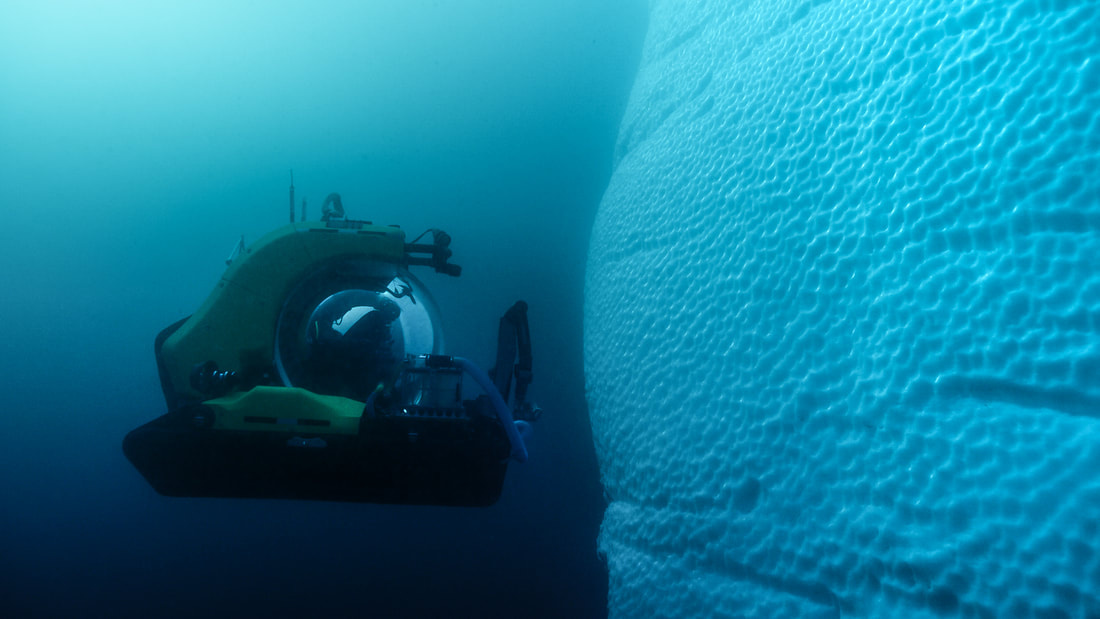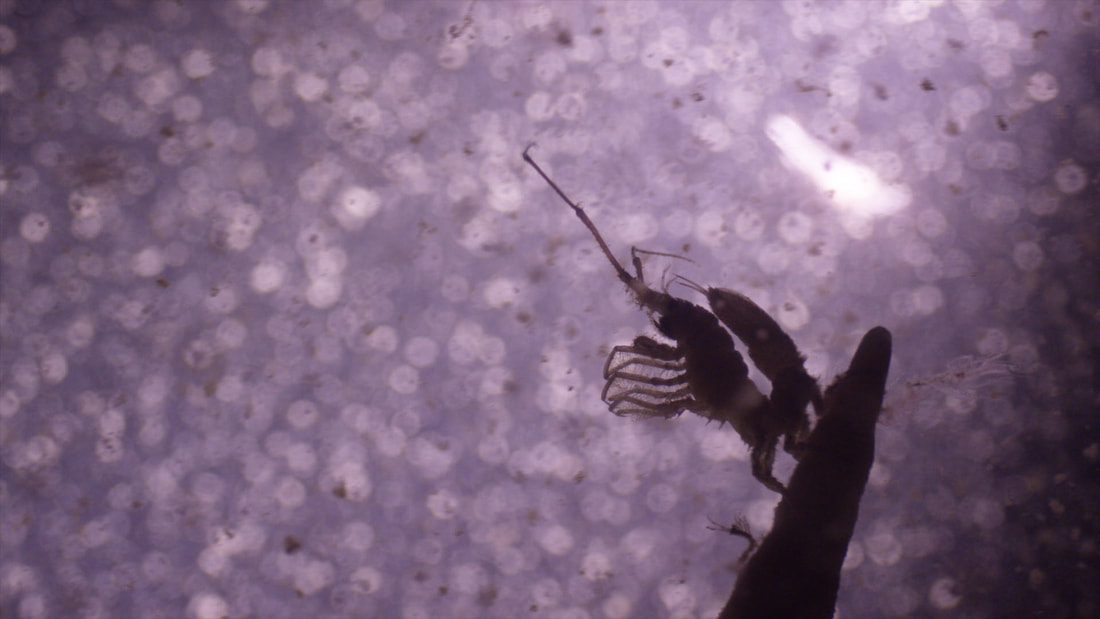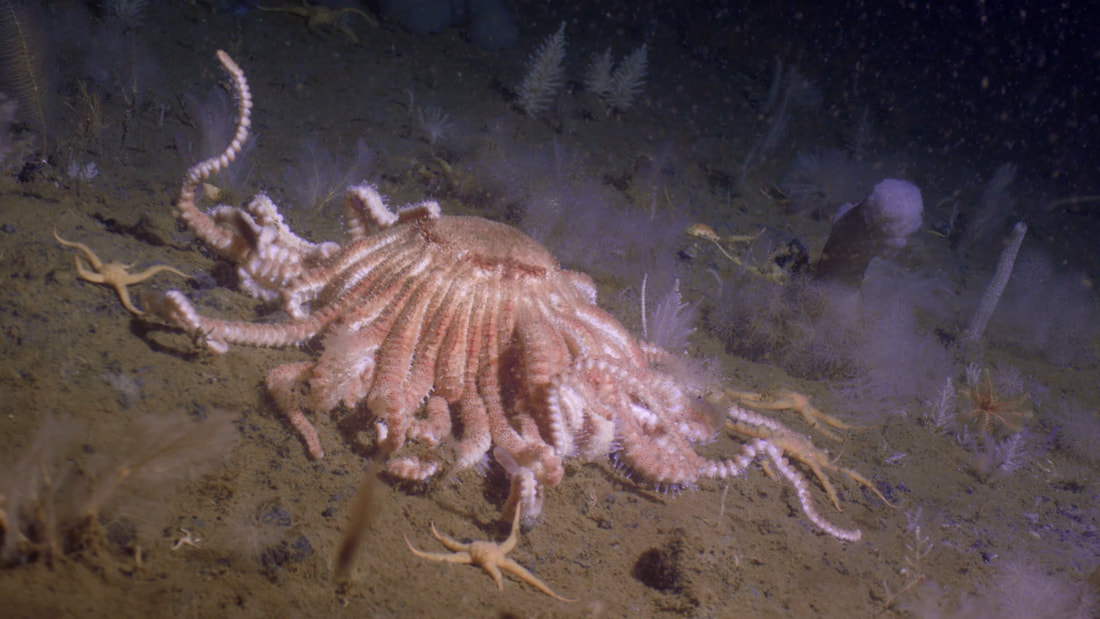Five Questions for Filmmakers: The Deepest Dive in Antartica Reveals a Sea Floor Teeming with Life3/14/2019
We reached out to our festival filmmakers to ask them five questions about the experience of making their films.
What inspired this story? Field Producer Erika Jarvis: The Northeast Canyons and Seamounts is a marine national monument designated in 2016, the only one in the Atlantic Ocean. This area has been known to fishermen, marine biologists, and MA seafarers for decades as a particularly abundant part of the world, due in part to its enormous underwater canyons and tall underwater mountains (which become aggregation points for life in the ocean). However, on April 26, 2017, an Executive Order was signed that threatens to carve up or abolish dozens of National Monuments across the nation, and this area was one of them. As part of a new partnership between OceanX and Bloomberg Philanthropies, we wanted to make sure that people knew not just about the beauty of the corals and marine life in this area, but about its importance for biodiversity and scientific research. Were there any surprising or meaningful experiences you want to share? EJ: Meaningful was experiencing what they mean by “biodiversity hotspot” in person. It was not uncommon to see whales and dolphins on a near-daily basis, as well as large predatory fish like tuna. As for the scientists, they got to see things that are incredibly rare and valuable to experience in person, since access to manned submersibles like those aboard OceanX’s Alucia is still relatively uncommon. In this case, they toured mountainous walls of corals, some which are hundreds of years old. What impact do you hope this film will have? EJ: The film was recently screened at a Congressional Briefing in Washington on the importance of national monuments. Dr. Tim Shank, of Woods Hole Oceanographic Institution, was the chief scientist on the mission, and he explained it beautifully on the day: “There are key places in our ocean that allow magnificent leaps in our understanding of the oceans, and it’s important to communicate this to public and policy-makers.” From a general audience perspective, it is good to remind people that coral reefs are not these distant, vacation-destination lifeforms, but that they are growing and thriving within striking distance of the most heavily populated parts of our nation, and that they are part of our shared natural heritage. Describe some of the challenges faced while making this film. EJ: We embarked on the mission just as Hurricane Florence began forming in the Atlantic. It was a series of darted trips out to the open ocean for dives, then back behind the safety of the Cape Cod peninsula to wait out the huge swell. Luckily, our captain and crew are extraordinarily safety oriented, so we were never at risk, but it did limit the number of exploratory dives we could make.
0 Comments
Leave a Reply. |
Archives
March 2024
Categories
All
|
Contact UsJackson Wild
240 S. Glenwood, Suite 102 PO Box 3940 Jackson, WY 83001 307-200-3286 info@jacksonwild.org |




 RSS Feed
RSS Feed